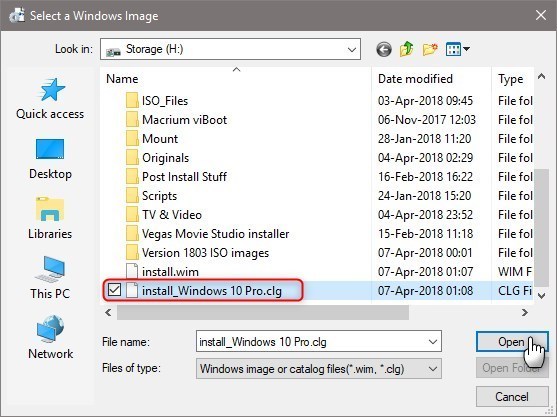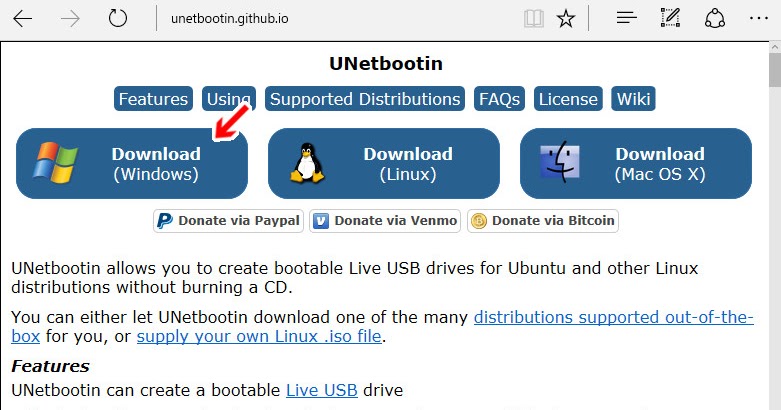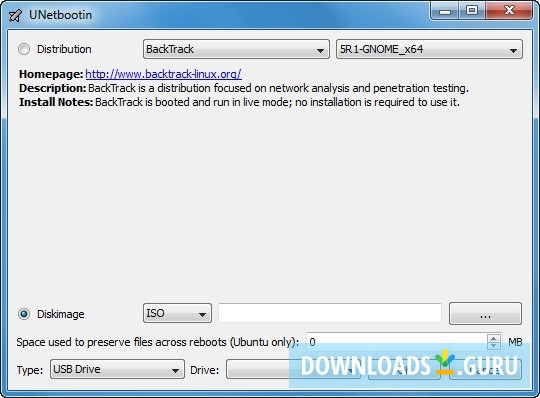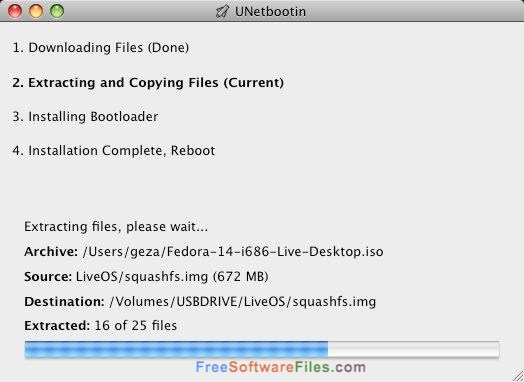

- #UNETBOOTIN WINDOWS INSTALL#
- #UNETBOOTIN WINDOWS WINDOWS 10#
- #UNETBOOTIN WINDOWS PORTABLE#
- #UNETBOOTIN WINDOWS ISO#
- #UNETBOOTIN WINDOWS WINDOWS#
#UNETBOOTIN WINDOWS WINDOWS#
This ensures that the USB remains compatible with the system requirements for the new Windows 11, which needs the UEFI secure boot. Microsoft recommends the GPT formatting style when using the media creation tool. Note: GPT runs on UEFI Boot mode, whereas MBR uses the legacy BIOS.
#UNETBOOTIN WINDOWS INSTALL#
However, if you plan to install Windows 11 on another computer, ensure the suitable partition scheme is set-select partition scheme as GPT for UEFI boot mode and MBR if your BIOS mode is legacy.
#UNETBOOTIN WINDOWS ISO#
When File Explorer opens, locate the downloaded Windows 11 ISO and then click the Open button.Īfter selecting Windows 11 ISO file, Rufus will configure the rest of the options automatically. Now, click the SELECT button to choose the Windows 11 ISO file from your computer. When Rufus opens, it will automatically detect the USB drive if it is connected to your computer.
#UNETBOOTIN WINDOWS PORTABLE#
Just download and run this portable utility on any Windows PC. Rufus is one of the popular tools available to create a bootable USB flash drive for Windows 11. To create a bootable Windows 11 USB device, you can use a few freeware tools. When you perform the above steps, all data on this disk will be erased to complete the formatting task. Read the new pop-up window description and click OK. Now, open File Explorer by pressing Windows + E keys from the keyboard and then right-click on the USB drive. Connect a USB drive with at least 16 GB of storage space to any Windows PC. Ensure no critical files are available on your USB drive and proceed with the following steps:. To do that, you have to format your USB flash drive. Once you download the Windows 11 ISO file, you need to prepare a USB flash drive to copy boot files. Note: The download link will be valid for 24 hours from the time of creation. On the next page, click the 64-bit Download button. Now, choose the language from the drop-down menu, “ Select the product language.” Then click the Select edition drop-down menu and choose the edition that you want to download. When you log into your Microsoft account, scroll down to find the Select edition section. Browse to this link and sign in to the Microsoft server.


When you see your system is compatible to run Windows 11 operating system, you need to download the latest ISO file from the Microsoft server. Switching a device out of Windows 11 Home in S mode also requires internet connectivity.
#UNETBOOTIN WINDOWS WINDOWS 10#
With this I could successfully boot the Windows 10 installer and do the install.5 Best and Free Folder to ISO Converters for Windows 11 and 10 - System Requirements for Windows 11īefore creating a bootable USB drive of Windows 11, have a look at system requirements that is described by Microsoft:. The previous step created a small (<4G) wim-file which I copied into the sources directory of the UNetbootin created USB-Stick overwriting the broken install.wim (e.g. In my case I ran (see man wimexport): wimexport install.wim 1 home.wim -compress=LZX:100 With wiminfo you can list all included Windows types. Next use wimexport (apt-get install wimtools) to extract and compress the Windows type needed from original install.wim. Or alternatively mount the Windows-ISO if you are a more advanced Linux user. Do not use the broken install.wim from the created USB-Stick !!). Now, use 7zip (apt-get install p7zip) to extract the ISO (it is enough to extract the install.wim file. At least UNetbooin creates a bootable USB-Stick. Unfortunately there will be no message, that it truncated the install.wim (in case it is larger than 4G). Use UNetbootin to create an USB-Stick from the Windows ISO. This is the way under Linux (in my case Ubuntu Bionic). None of the other options like Rufus etc do not work or no longer supported.įor all the poor Linux admins without a Windows computer like me, who need to help relatives installing Windows 10 (sigh).

The iso file size is greater than 4GB which means the files have to be split. I am using Ubuntu 21.04 and have found a suggested method from Stackexchange - see below.


 0 kommentar(er)
0 kommentar(er)
